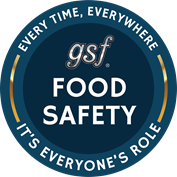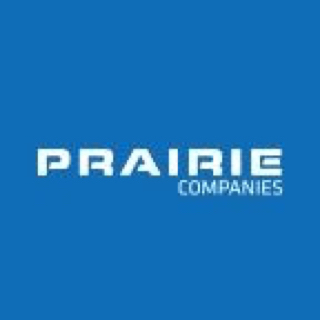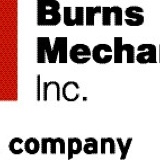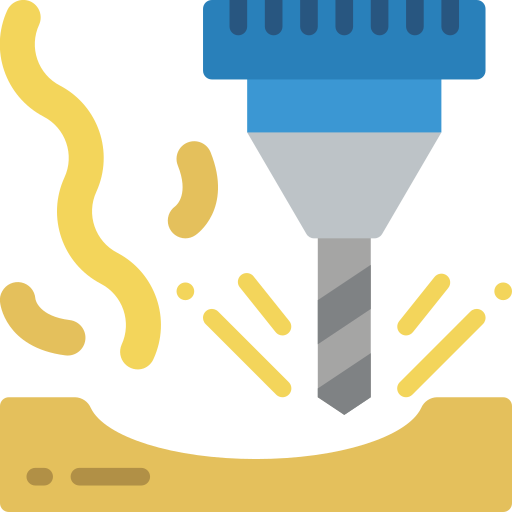Information
-
Document No.
-
Audit Title
-
Client / Site
-
Conducted on
-
Prepared by
-
Location
-
Personnel
EGRESS (OR EVACUATION)
-
Has AC Corp reviewed the plan with each employee?
-
Are exits markings and lighting adequate and appropriate?
-
Are means of egress continually maintained free of all obstructions or impediments?
FIRE PROTECTION AND PREVENTION
-
Are portable fire extinguishers provided, mounted, located and identified so that they are readily accessible to employees?
-
Where portable fire extinguishers are provided for employee use, is there an educational training program to familiarize employees with principles of use and hazards involved with incipient stage firefighting?
-
Are portable fire extinguishers visually inspected each month?
-
Are annual maintenance checks of portable fire extinguishers completed and records maintained of the date completed?
PERSONAL PROTECTIVE EQUIPMENT
-
Has the employee completed a hazard assessment for the machine or equipment they are operating? If yes is it on file?
-
Are affected employees using appropriate eye or face protection when exposed to eye or face hazards from flying particles?
-
Are protective helmets used in areas where there is a potential for injury to the head from falling objects?
-
Where an employee’s hands are exposed to hazards such as those from skin absorption of harmful substances, severe cuts or lacerations, severe abrasions, punctures, chemical burns, thermal burns, and harmful temperature extremes, are employees using appropriate hand protection?
RESPIRATORY PROTECTION
-
Can employees demonstrate a knowledge of why the respirator is necessary, the importance of proper fit, proper maintenance and the limitations and capabilities of the respirator?
-
Is training provided at least annually and when changes are made in the work area or if employees appear to need retraining?
MATERIALS HANDLING AND STORAGE
-
Is good housekeeping maintained?
-
Are slings and all fastenings and attachments inspected for damage or defects by a competent person each day before being used?
MACHINERY, MACHINE, AND POWER TRANSMISSION GUARDING
-
Where employees are exposed, is one or more methods of machine guarding provided to protect them from hazards of ingoing nip points, rotating parts, flying chips, and sparks?
-
Is the point of operation of machines whose point of operation exposes an employee to injury properly guarded?
-
Are grinding wheels properly guarded?
-
Are tool rests on grinders properly set? Work rests shall be kept adjusted closely to the wheel with a maximum opening of one-eighth inch
-
Are all gears properly guarded?
-
Is a written die setting procedure available for all presses?
-
Are safety blocks used when dies in the press are repaired or adjusted?
-
Are all fan blades guarded with guard openings of one-half inch or less?
PORTABLE POWER TOOLS
-
Are all portable power tools properly grounded?
-
Are portable power tools equipped with appropriate guards?
-
Do air cleaning nozzles emit not more than 30 psi pressure?
-
Are portable grinders completely and adequately guarded?
ELECTRICAL
-
Is each disconnecting means for motors and appliances, each service, feeder, and branch circuit legibly marked to identify its purpose?
-
Are exposed live electrical parts operating at 50 volts or more guarded against accidental contact by approved cabinets or enclosures, by location, or by limiting access to qualified persons?
-
Are exposed metal parts of cord- and plug-connected hand-held motor-operated tools, other than double insulated tools, grounded?
-
Are all pull boxes, junction boxes, and fittings provided with covers approved for the purpose?
HAZARD COMMUNICATION
-
Are all containers properly labeled?
-
Are material safety data sheets current, accurate, and available on all hazardous materials at the workplace?
-
Are employees informed and trained on hazardous chemicals in their work area at the time of their initial assignment and whenever a new hazard is introduced into their work area?
CONTROL OF HAZARDOUS EMERGENCY (LOCKOUT/TAGOUT)
-
Are all employees trained in lockout tagout program?
-
Are periodic reviews to assure compliance with program conducted and certified?
WELDING, CUTTING AND BRAZING
-
Have all fire hazards in the vicinity of welding or cutting been removed or guarded?
-
Are the welder and any helpers or attendants using properly selected helmets, goggles, or face shields during any welding, cutting, or brazing operation?
-
Are workers in areas adjacent to welding areas protected by shields or screens or required to wear goggles?
-
Is mechanical ventilation provided as required in welding or cutting areas?
-
Are all compressed gas cylinders legibly marked to indicate their contents?
-
Are cylinders stored where they will not be knocked over, damaged, or subject to tampering?
-
If cylinders are designed to accept valve protection caps, are caps in place when cylinders are not in use?
-
Are oxygen cylinders separated from fuel-gas cylinders or combustible materials by at least 20 feet or a non-combustible barrier at least 5 feet high and having a one-half hour fire resistance rating?
-
Are cylinder valves closed when work is finished?
-
Are cylinder valves closed when cylinders are empty?
-
Are acetylene cylinder valves opened no more than one and one-half turns of the spindle?
-
Are cables replaced when the insulation is damaged or conductors bare?
WALKING AND WORKING SURFACES
-
Are floors clean and dry?
-
Are permanent aisles and passageways appropriately marked and kept clear?
Eyewash Stations
-
Is an eyewash station blocked?
-
Are eyewash inspection stickers current?
-
Are eyewash stations clean?













